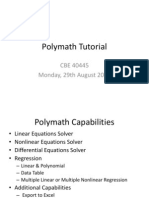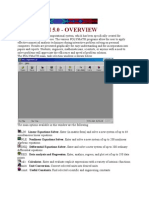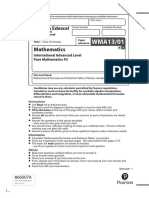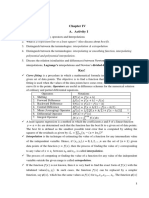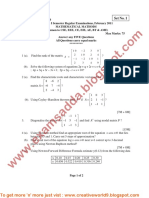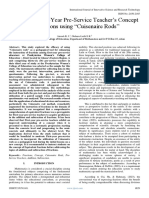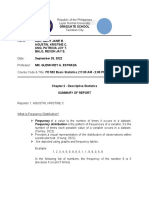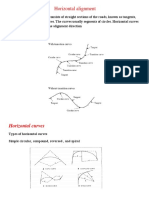0% found this document useful (0 votes)
16 views4 pages3 - Polymath - Tutorial
POLYMATH5 is a Windows-based software for solving ordinary differential equations (ODEs) and nonlinear algebraic equations, useful for data analysis and reactor problems. The tutorial outlines how to input and solve a system of ODEs and a system of nonlinear equations, detailing the steps for defining variables and interpreting results. It provides examples of both types of problems, including initial conditions and expected outputs from the software.
Uploaded by
tatuxtatsCopyright
© © All Rights Reserved
We take content rights seriously. If you suspect this is your content, claim it here.
Available Formats
Download as PDF, TXT or read online on Scribd
0% found this document useful (0 votes)
16 views4 pages3 - Polymath - Tutorial
POLYMATH5 is a Windows-based software for solving ordinary differential equations (ODEs) and nonlinear algebraic equations, useful for data analysis and reactor problems. The tutorial outlines how to input and solve a system of ODEs and a system of nonlinear equations, detailing the steps for defining variables and interpreting results. It provides examples of both types of problems, including initial conditions and expected outputs from the software.
Uploaded by
tatuxtatsCopyright
© © All Rights Reserved
We take content rights seriously. If you suspect this is your content, claim it here.
Available Formats
Download as PDF, TXT or read online on Scribd
/ 4

